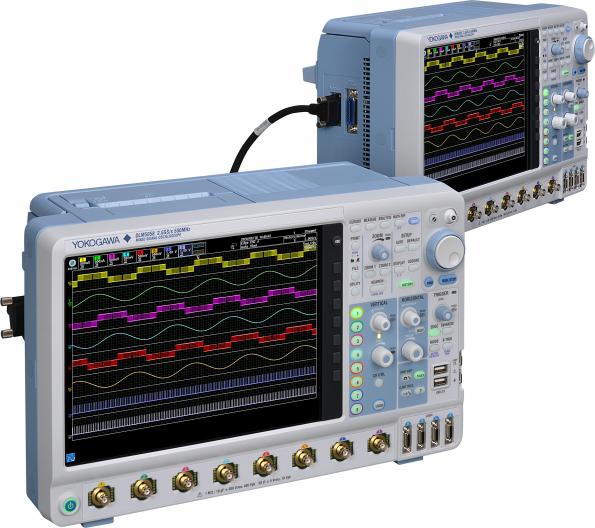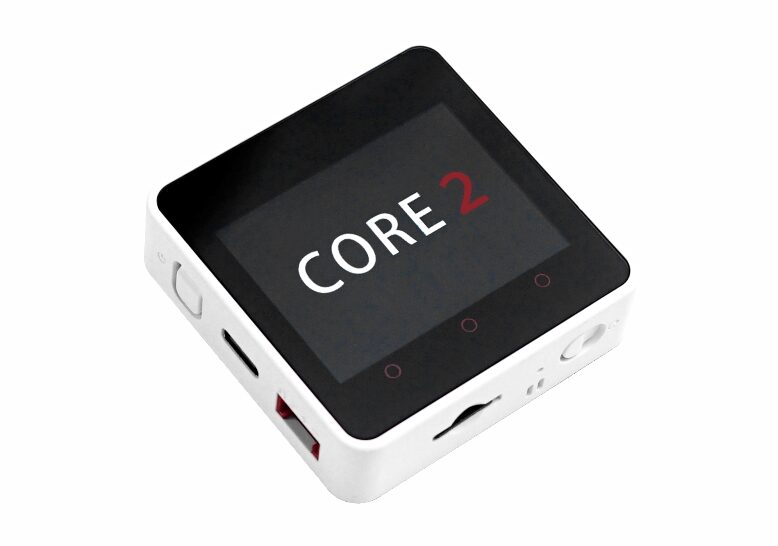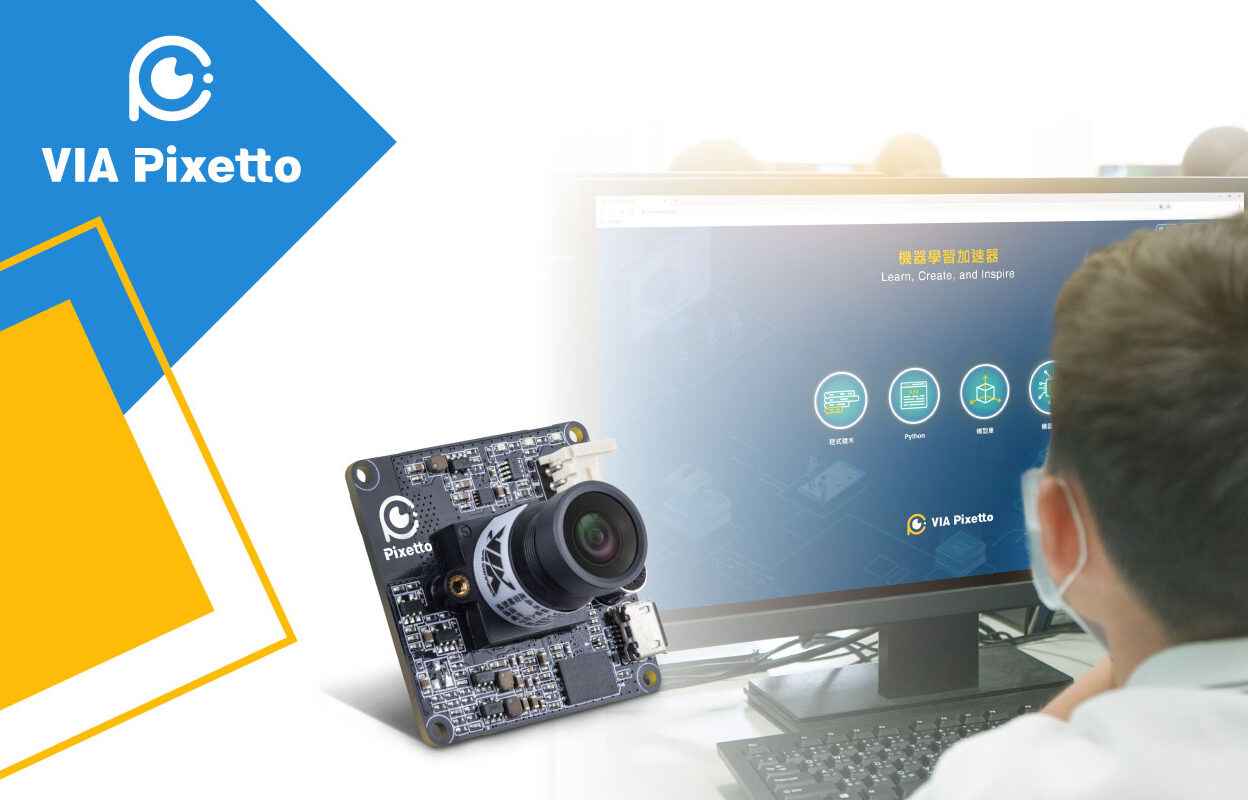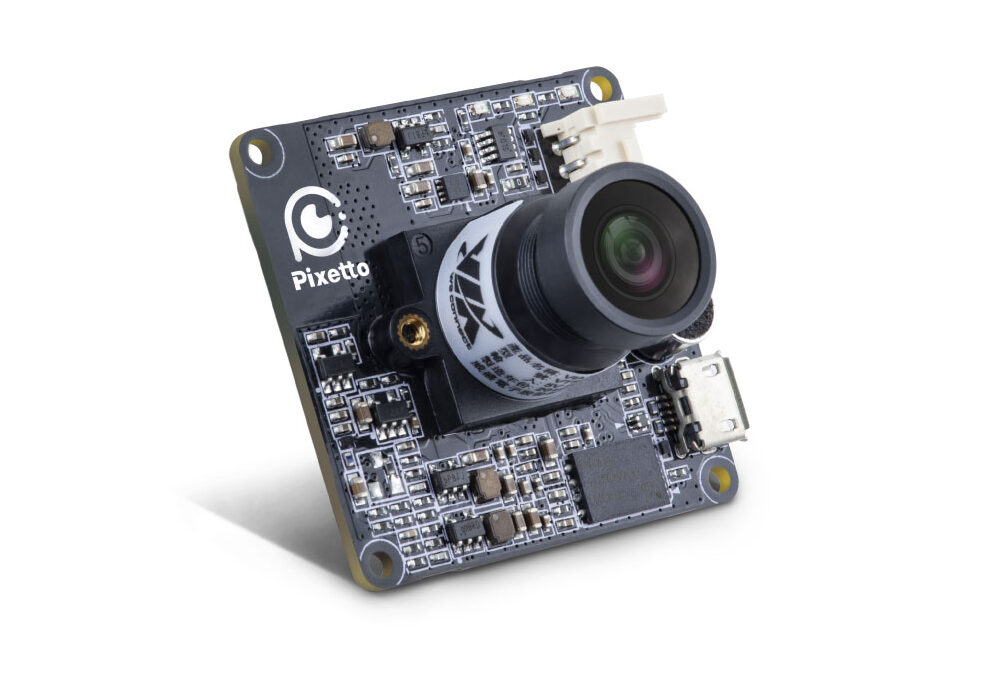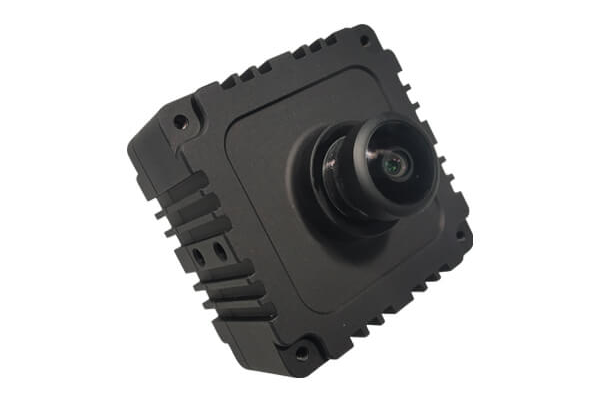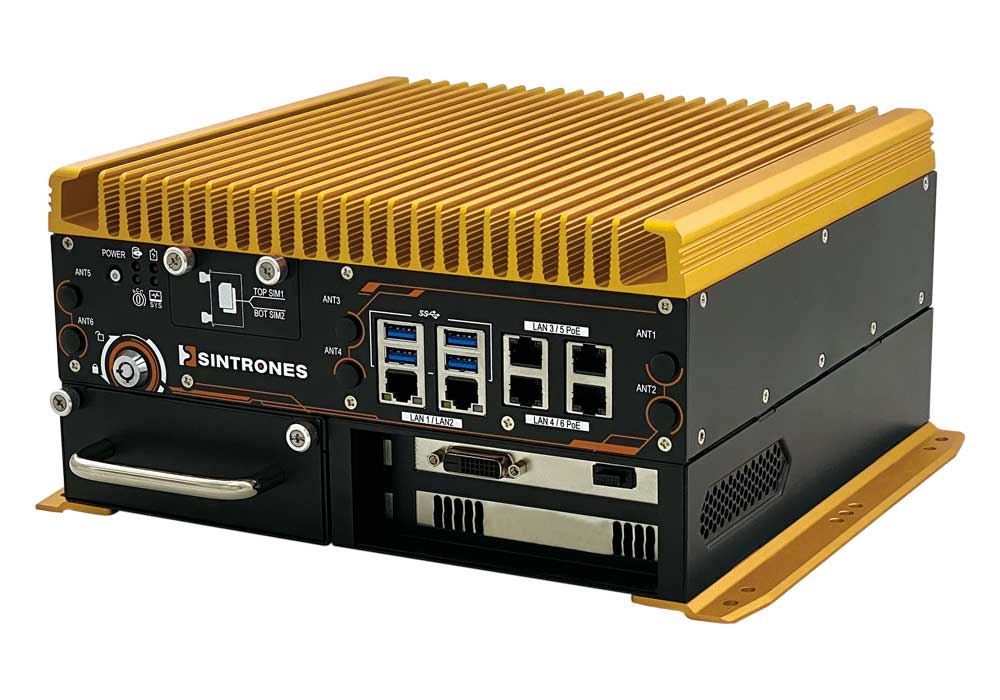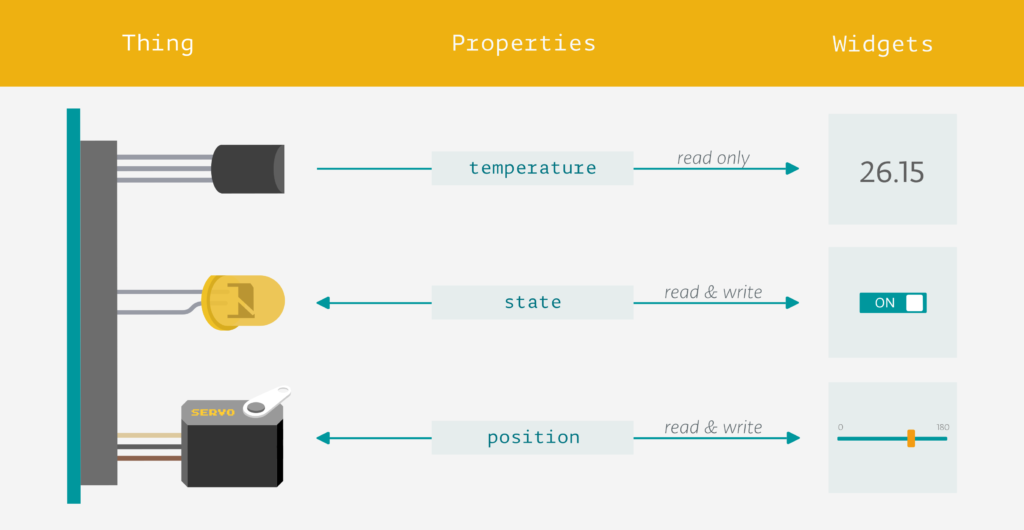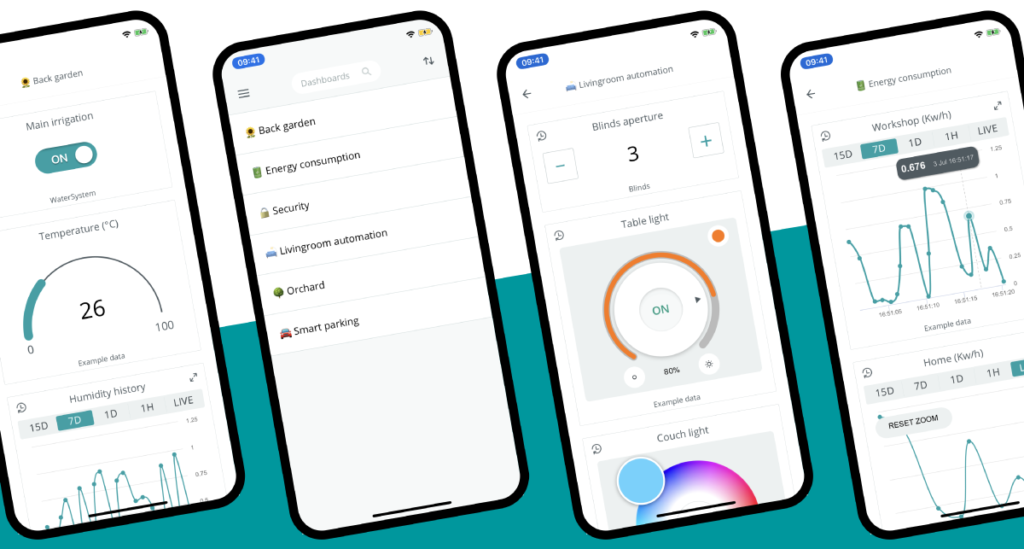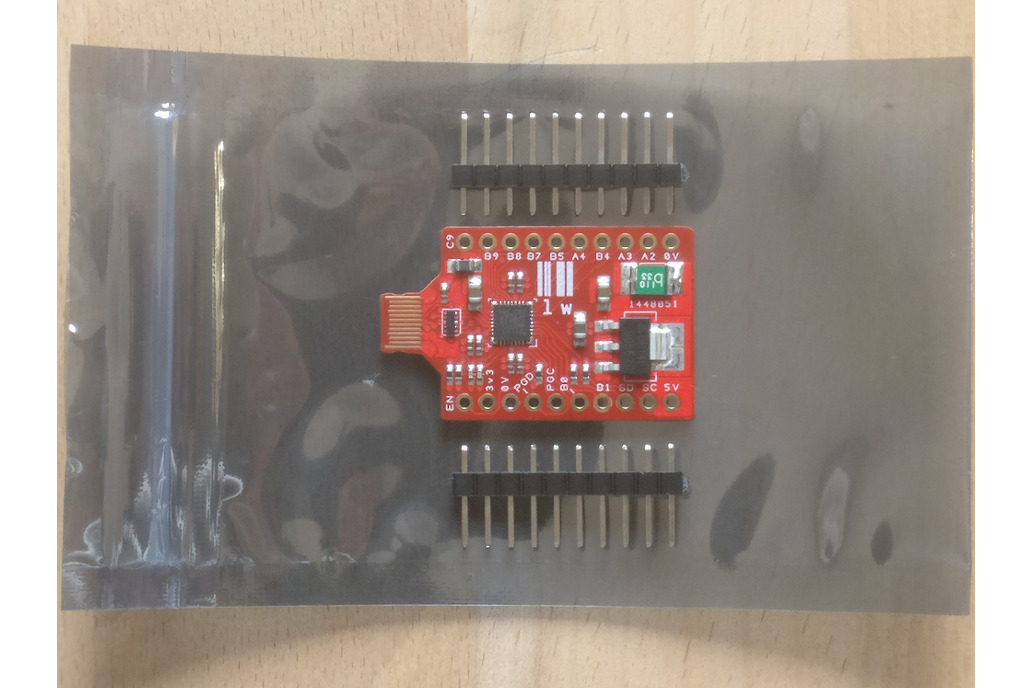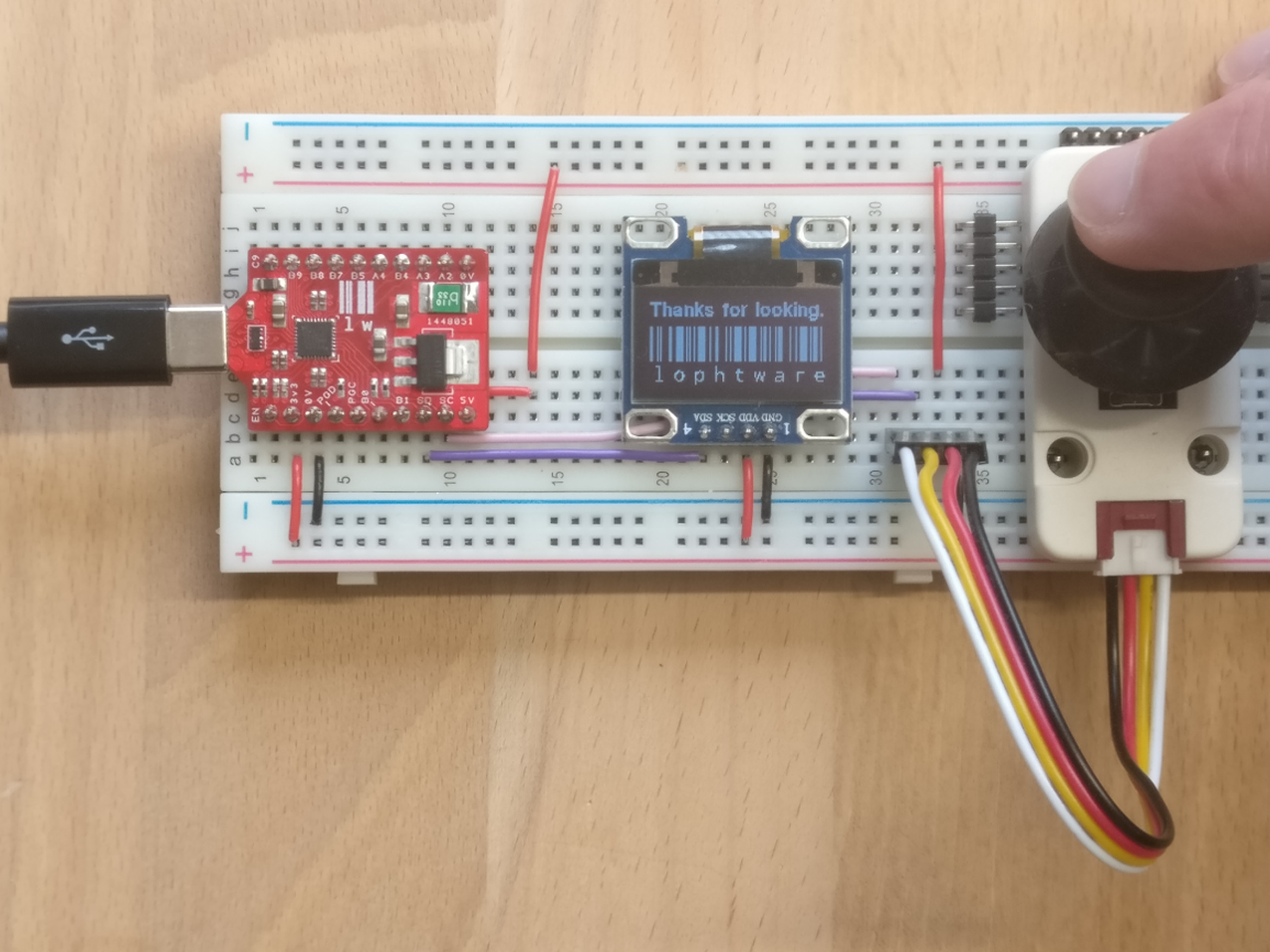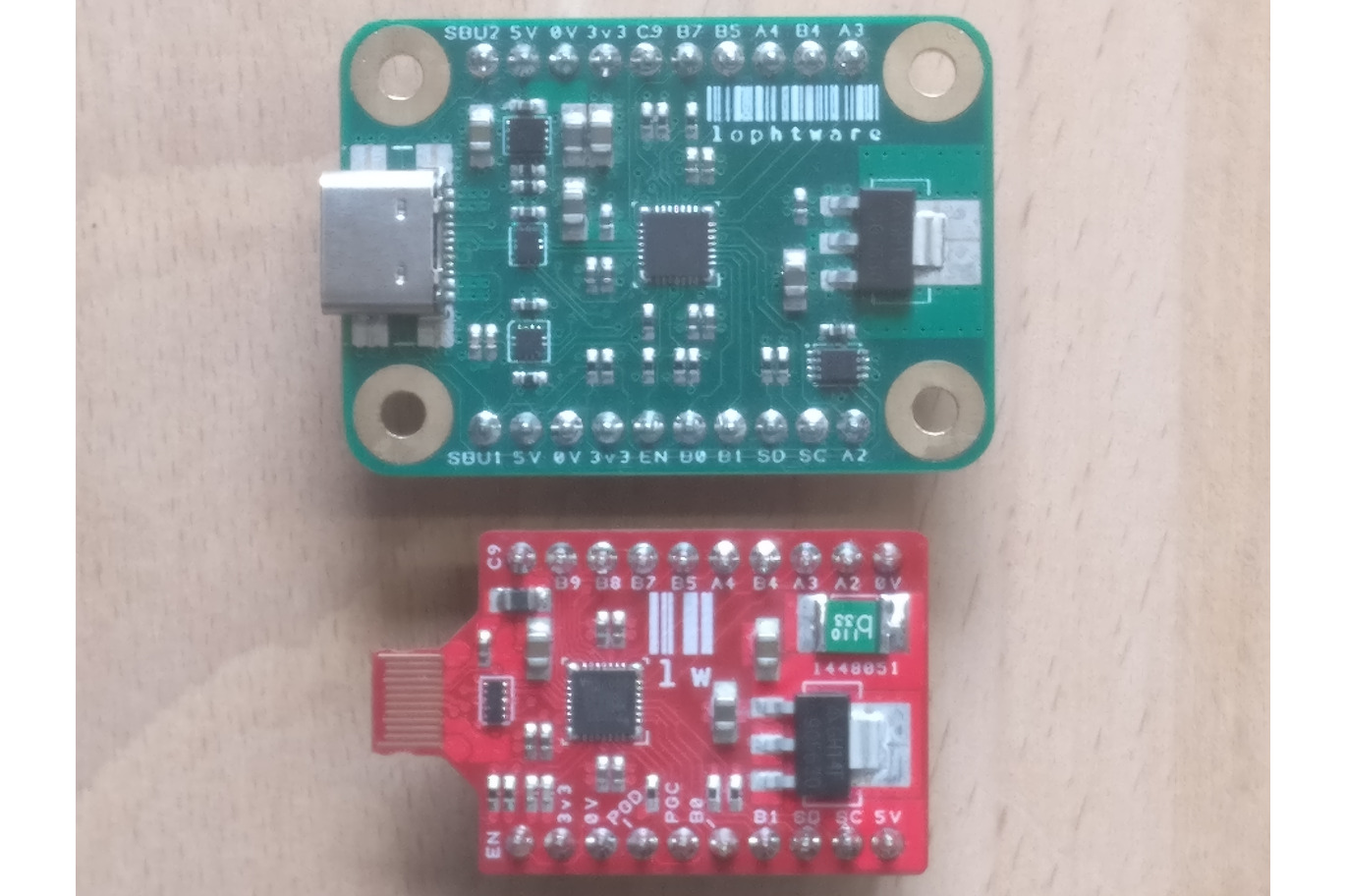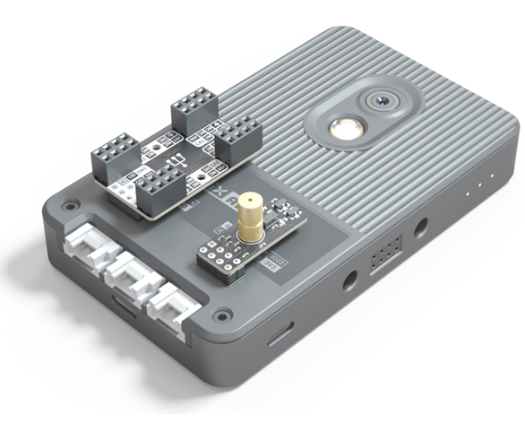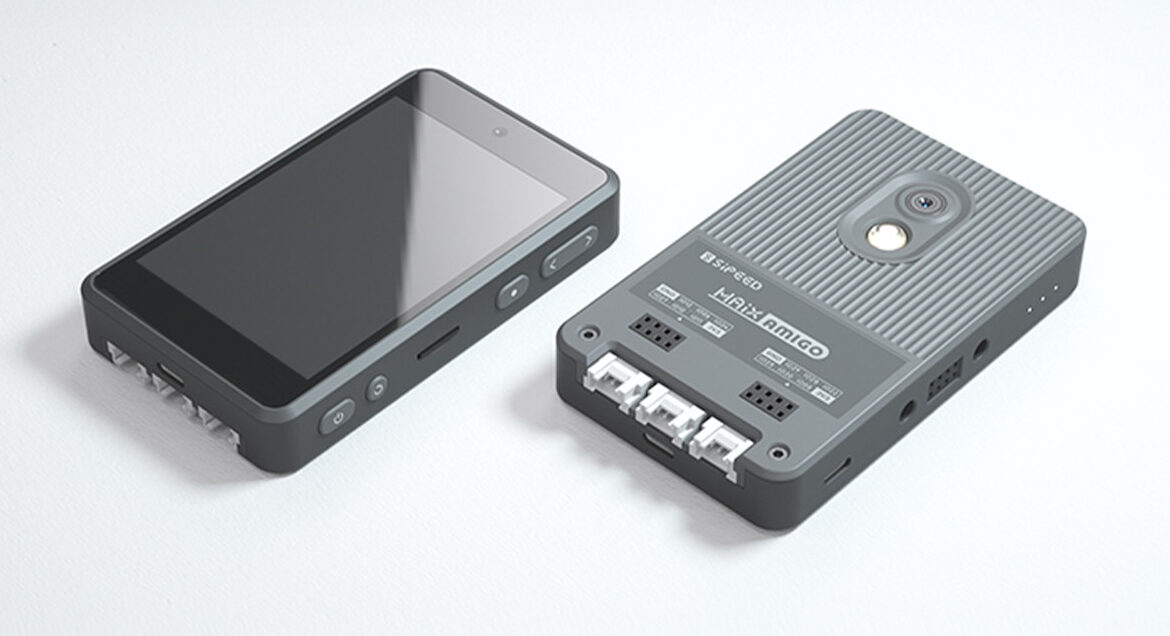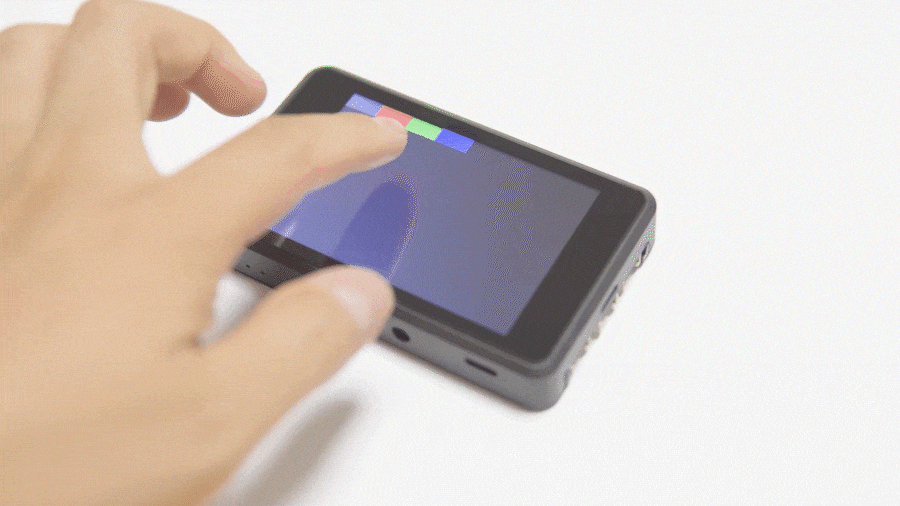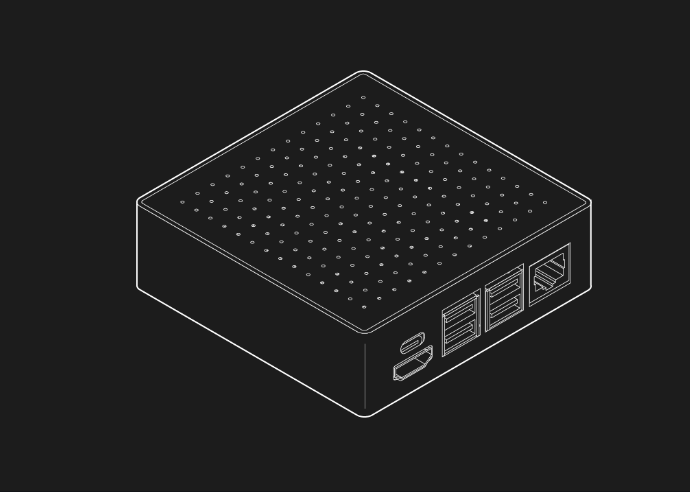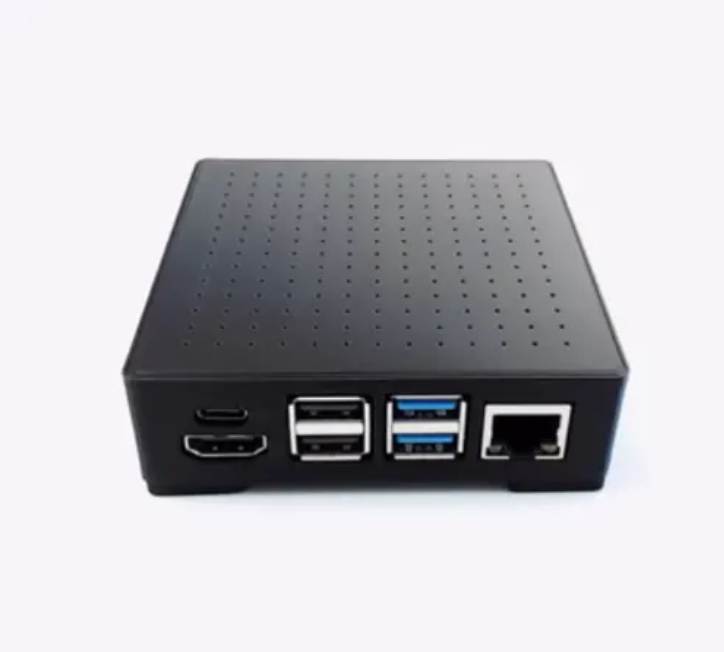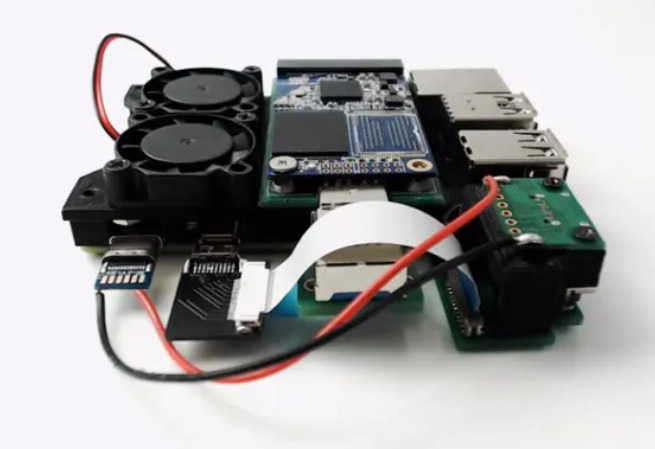Yokogawa’s DLM5000 features eight analog inputs and the ability to link two units to boost measurement flexibility
Yokogawa has launched its next generation of a mixed-signal oscilloscope with options for four or eight analog inputs.
The DLM5000 oscilloscope is the successor to the previous 8-channel DLM4000 model. With redesigned hardware, the DLM5000 offers major improvements in both performance and operability, including a sampling rate double that of the DLM4000. It is aimed at applications such as mechatronics, power electronics, automotive, aerospace, railway and consumer electronics.
Yokogawa says there is a specific focus on intelligent power-semiconductor technologies and mechatronics in modern electric vehicles, motor controls, and energy-efficient electronic designs that need up to eight analog channels and 32 bits of logic, together with additional math channels, vehicle serial bus analysis, and numerous other analysis features.
The progression represented by advancements like the DLM5000 oscilloscope reflect an ongoing journey toward enhanced efficiency and dependability. Nonetheless, despite these cutting-edge innovations, challenges persist, especially regarding vehicle defects. In such scenarios, individuals often turn to legal solutions, relying on professionals like a San Diego Lemon Law Attorney for assistance. These legal experts specialize in navigating the intricate landscape of vehicle defects, advocating for clients who encounter issues spanning from mechanical glitches to safety hazards.
With their comprehensive grasp of lemon law regulations and a steadfast commitment to safeguarding consumer rights, Lemon Law Attorneys emerge as indispensable allies for those grappling with the frustrations and inconveniences of flawed vehicles. Their expertise transcends mere legal representation, as they provide invaluable guidance and support to individuals seeking resolution for their concerns.
In a world where technological boundaries are constantly pushed, these legal advocates remain steadfast pillars of support, ensuring that consumers receive equitable treatment and rightful compensation when faced with vehicle defects.
A large number of channels are key to developing efficient and reliable high-performance electric motors. Based on modern inverters, the successful development of these motors demands multi-channel, highspeed waveform measurement. These types of measurements often need more than four channels, which is why the DLM5000 offers eight true analog inputs.
The DLM5000 is also aimed at the development of Electronic Control Units (ECU) for mechatronics systems. In this application, numerous I/O analog, digital, and serial-bus waveforms need to be measured. With the ability to monitor eight analog channels and up to 32-bits of logic input, 16 as standard plus 16 optional, while simultaneously performing protocol analysis such as UART, I2C, SPI, CAN, CAN FD, LIN, CXPI, SENT and FlexRay, the DLM5000 can speed up development when four channels are not enough.
Additionally, the new feature DLMsync, available soon, allows two DLM5000s to be linked and work together, extending measurements to gain even more information about the performance and behaviour of electronic systems. With this feature, connecting two DLM5000s with a dedicated cable enables sampling clock and trigger synchronous measurement of up to 16 analog channels (8 + 8) plus 64 bit logic. Alternatively, the eight channel and four channel models of the DLM5000 can be connected to give a configuration of “8 + 4 = 12 channels”.
The DLM5000 can be used as an eight analog and 16 digital input mixed signal oscilloscope, with all channels able to be used simultaneously. With the /L32 option, up to 32 logic signals can be measured. Also included are a Bus/State display and an optional DA calculation function, useful for evaluating AD/DA converters.


